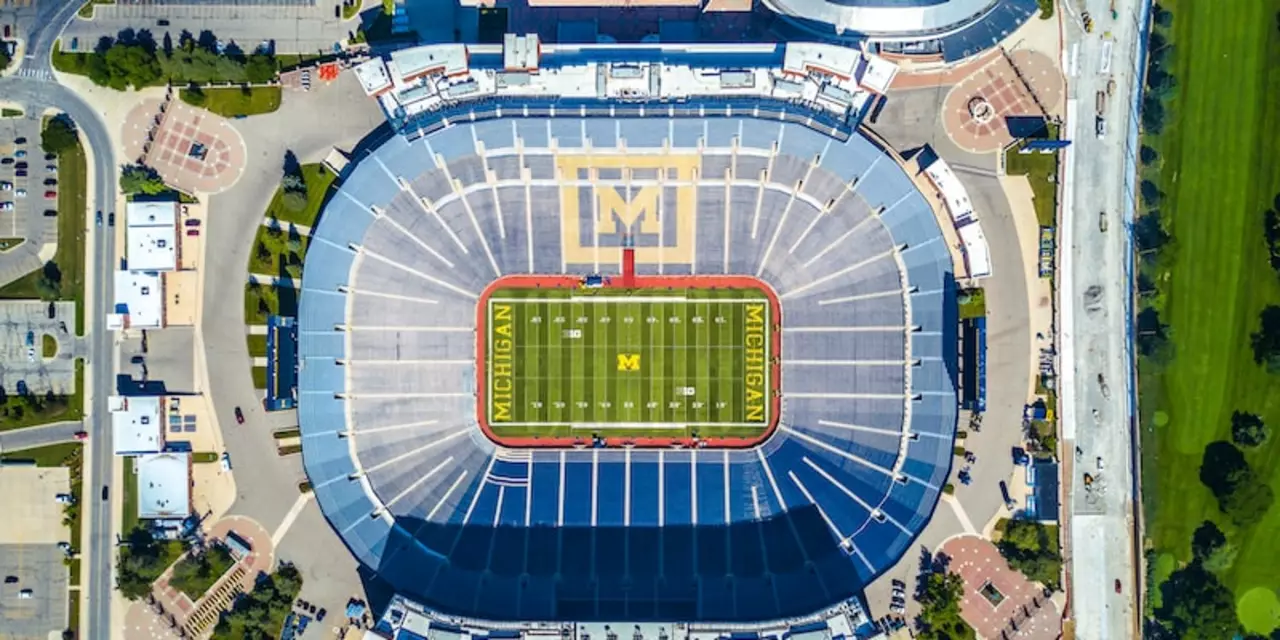Ineligible: What Makes an Athlete Lose Eligibility?
Ever wonder why a player suddenly can’t compete? It usually comes down to a few clear rules. Whether it’s age limits, academic standards, or breach of conduct, the reasons are straightforward. Knowing these rules helps you avoid surprises and keeps your season on track. Below we break down the most common triggers and give you quick ways to check your own status.
Common reasons for ineligibility
Age is the first thing most leagues look at. In high school sports, players over a certain age – often 19 – may be barred unless they have a valid exemption. College programs add academic requirements; falling below a GPA or not completing required credit hours can instantly make you ineligible. Then there are conduct rules: violent behavior, doping violations, or repeated unsportsmanlike conduct all lead to bans, sometimes lasting years.
Another big factor is the transfer rule. Moving from one school to another without proper clearance can put you on the sidelines for a season. Professional contracts also matter – signing with a pro team can void amateur status, making you ineligible for college competition. Finally, residency rules affect players who move between regions; they often need to sit out a set period before playing again.
How to check your eligibility
The easiest way is to look at the rulebook for your league or school. Most organizations post a checklist online – just match your details against the list. If you’re unsure, call the eligibility officer or your coach; they can verify grades, age, and any disciplinary notes. Keep copies of your transcripts and any waivers, because paperwork often decides a borderline case.
When you get a notice of ineligibility, read it carefully. It will state the exact rule you broke and often the steps to appeal. Appeals usually involve submitting proof – like a medical certificate for a missed test or a letter from a school confirming your age. Stay calm, follow the process, and you might get reinstated faster than you think.
One practical tip is to set reminders for key dates: enrollment deadlines, GPA checks, and any required training certifications. Missing a deadline is a common mistake that leads to a temporary loss of eligibility. A quick spreadsheet can keep everything in plain sight and prevent accidental rule breaks.
Remember, ineligibility isn’t always permanent. Most leagues allow players to regain status after serving a suspension, completing required courses, or meeting age limits. The key is to stay informed and act quickly when you receive a notice. By understanding the rules and keeping your records straight, you’ll spend more time playing and less time worrying.
Got a specific question about a rule? Drop a comment or ask your coach. The more you talk about it, the easier it is to stay on the right side of the rules. Stay sharp, play fair, and keep enjoying the game.
Should Tom Brady be made ineligible for the NFL Hall of Fame?
Tom Brady, the six-time Super Bowl champion and three-time NFL Most Valuable Player, has been a controversial figure in recent years due to his alleged involvement in the Deflate-gate scandal. This has led to the question of whether Brady should be made ineligible for the NFL Hall of Fame. Supporters of Brady point to his impressive statistical record, his leadership and drive, and his impact on the game as reasons why he should be allowed to enter the hall of fame. However, those opposed to Brady feel that his involvement in the scandal has tarnished his reputation and that he should not be allowed to enter the hall of fame. Ultimately, it is up to the NFL to decide whether Brady is eligible for the hall of fame.
